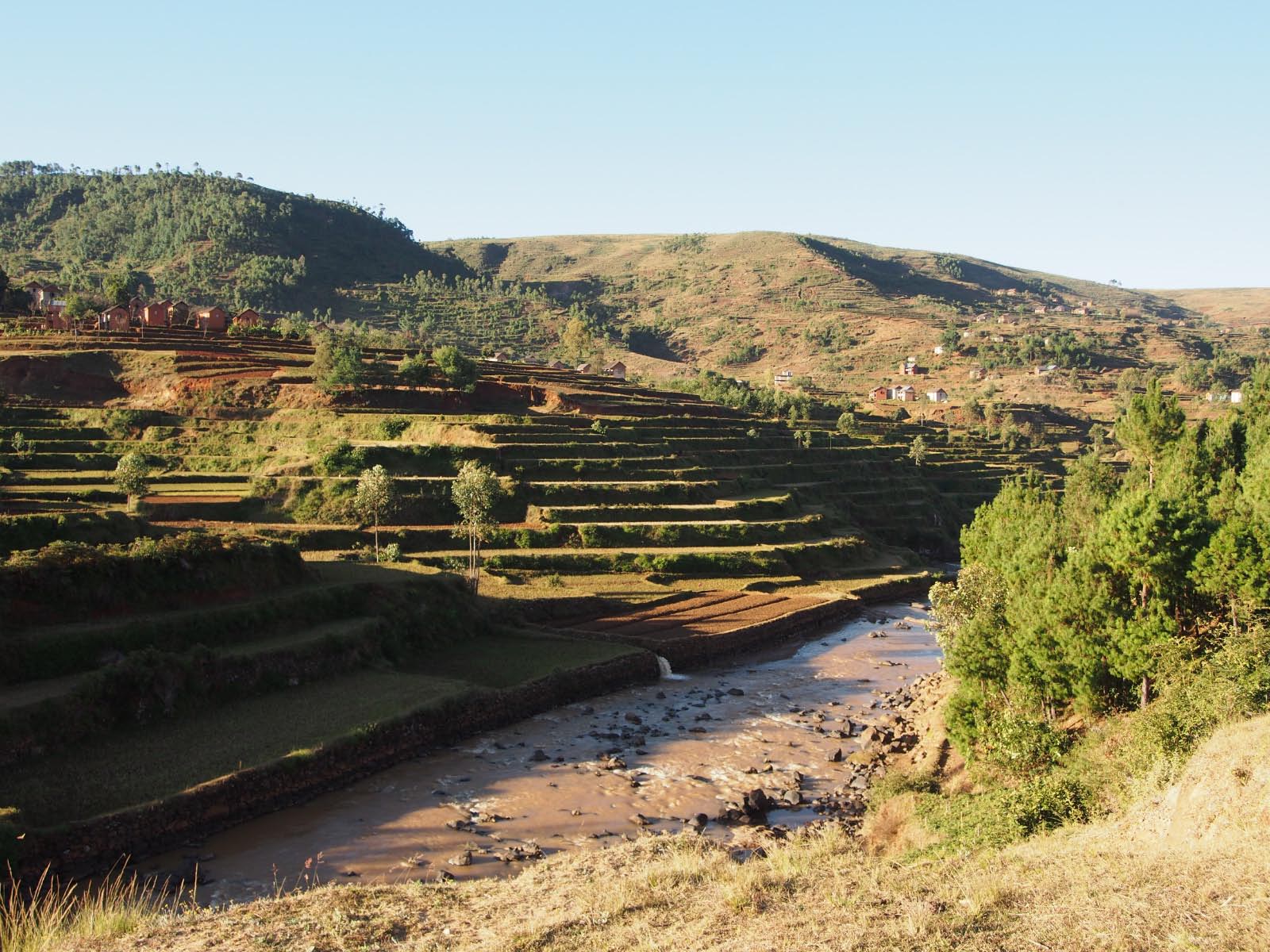 |
| An example of the type of outrigger canoe used by Austronesian sailors, later introduced to East Africa |
This episode focuses on tracking the settlement of Madagascar by multiple groups of people, including a (possible) short-lived hunter gatherer population from East Africa before 500 BC, followed by the more concretely evidenced arrival of Austronesian and Bantu people in the 6th Century AD.
The status of human settlement on Madagascar prior to the later settlement of the island by Austronesian and Bantu colonization is not especially clear. In fact, it's unclear if there was even a sustainable population of people on the island.
 |
| Some examples of the purported tools found at Lakaton'i Anja |
Some archeologists claim that evidence exists to establish the presence of some kind of hunter-gatherer population in pre-settlement Madagascar. While the evidence is fairly convincing, it's not clear as to whether these remains evidence a permanent population or a transient one. The lack of archaeological evidence for long-term shelter construction seemingly indicates that these people may have been transient nomads from the mainland who counted Madagascar among the territories they roamed. Regardless, if such a population did exist by the period of settlement, it was likely small enough that it had a marginal impact on Malagasy history. While some increasingly marginalized theorists believe that there is a link between these hunter gatherers and the semi-mythical Vazimba of early Madagascar, such a link is doubtful for reasons we'll get into in the next episode.
 |
| An engraved image of a Javanese ship found at the temple of Borobodur |
There is compelling genetic and linguistic evidence that the bulk of Austronesian settlers in Madagascar were from the Dayak peoples, particularly the Maanyan people of Western Borneo. Different narratives surrounding these Dayak arrivals argue that they were either enslaved workers for a larger Javanese state that sought to use them as labor on the burgeoning settlements in Madagascar, or that they were refugees fleeing the expansion of Indianized kingdoms on their home island.
 |
| Example of Tana Pottery |





























.jpeg)















